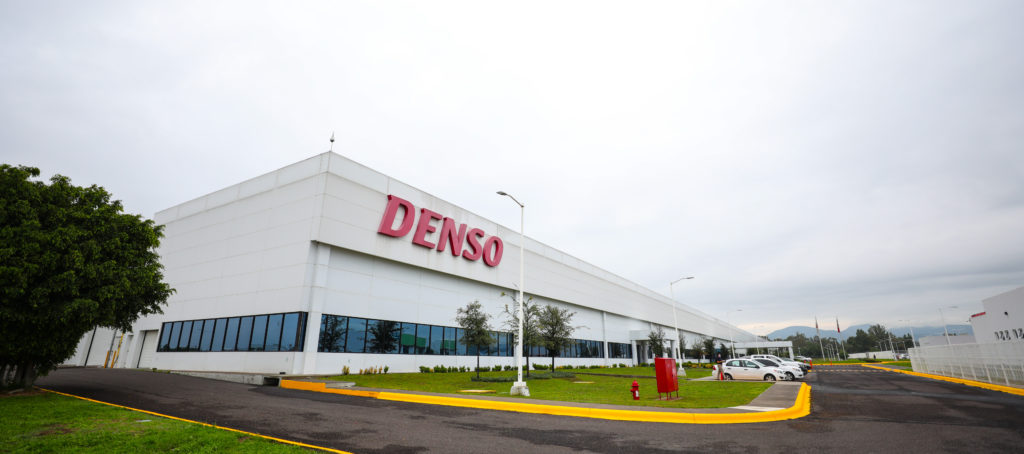Prioritizing Prevention
While a large amount of money is spent solving problems, performing an analysis of the production system can reveal the causes of these problems, and thus avoid having waste, rework and customer complaints.
Although not all possible problems can be anticipated and prevented, most of them can be prevented, and in this way reduce losses and increase profits.
Costs related to warranties and customer complaints usually represent 2% of industry revenues. So for every 100 Million in revenue, the company spends 2 million, which could be saved/prevented.
In our daily lives, we all practice prevention to a greater or lesser extent. For example, by vaccinating our children to prevent diseases.
However, in product design and production, there remains a significant opportunity to prevent failures, scrap, process variations, and other inefficiencies.
Reactive Models and their use in solving problems in industry
- FMEA / Failure Modes and Effects Analysis: Analysis tool used to identify possible failure modes in products or processes, their effects, severity, “detectability” and probability of occurrence. The highest risk points are addressed by taking corrective actions to reduce the risk of occurrence. FMEA is usually carried out by a cross-functional team based on their knowledge and experience.
- Poka-Yoke (error-proofing): A mechanism in a manufacturing process or product that helps the operator or user of equipment avoid errors. Its purpose is to eliminate product defects or errors by avoiding human or process errors as they occur. An example is the inability to remove a car key from the ignition until the transmission is put into “park,” thus preventing an unsafe parking condition.
- Inspection: There is a misconception that as long as everything is produced within specifications, problems should not occur. Manufacturers make substantial investments in inspection processes (people and machines) in an attempt to avoid potential problems.
- Scenario and what-if analysis: Brainstorming technique to consider possible scenarios and likely outcomes. Solutions are developed to prevent potential major problems.
Statistical process control software can provide you with all this information in real time and without the need to perform any calculations. Learn more
Preventive Methods for preventing problems
Many of the common approaches above are based on opinions, experiences and beliefs. These approaches must be complemented by data-driven quantitative techniques that are superior in predicting and preventing more complex problems that may arise. These methods include:
Design of experiments (DOE):
Invaluable tool to understand the relationships between the different factors that lead to the results of a process. DOE is often used as a troubleshooting tool. However, its use to develop an extensive understanding of the process to avoid problems is limited. Effective and efficient use of DOE focuses on understanding what is necessary to prevent problems.
Statistical process control (SPC):
Control charts, within statistical process control, allow the changes that occur to be quickly and graphically detected before they have harmful consequences (prevent).
Currently, real-time statistical control systems such as WinSPC allow us to monitor the process and have total control over variations, resulting in the transition from a reactive model to a predictive model.
Reliability Testing & Prediction:
Although many destructive tests are normally performed during the product design and development process, they are usually not taken into account in the production process. Reliability is the probability that a device will operate over a specified period, and reliability testing allows for quantitative predictions of product reliability. Where test times are impractically long, accelerated life tests or degradation tests can be performed to develop reliability estimates.

Written by Laura Ochoa Diaz
Latest articles

Success story: Denso automates quality inspection with WinSPC
DENSO is a global company focused on advanced mobility that positively changes the way the world moves and contributes to well-being. As a global Fortune 500 company, we have a broad product portfolio and global impact.BackgroundDenso is a premier automotive supplier,...

WinSPC version 9.0.14
WinSPC is an advanced software for Statistical Process Control in real time, which allows leading industries in the market to monitor and optimize their production processes, to improve the quality of their products, reduce the variation in processes and increase the...

Success story: Denso automates quality inspection with WinSPC
DENSO is a global company focused on advanced mobility that positively changes the way the world moves and contributes to well-being. As a global Fortune 500 company, we have a broad product portfolio and global impact.BackgroundDenso is a premier automotive supplier,...
Subscribe to the Blog
To stay up to date with all the news and exclusive content




Recent Comments